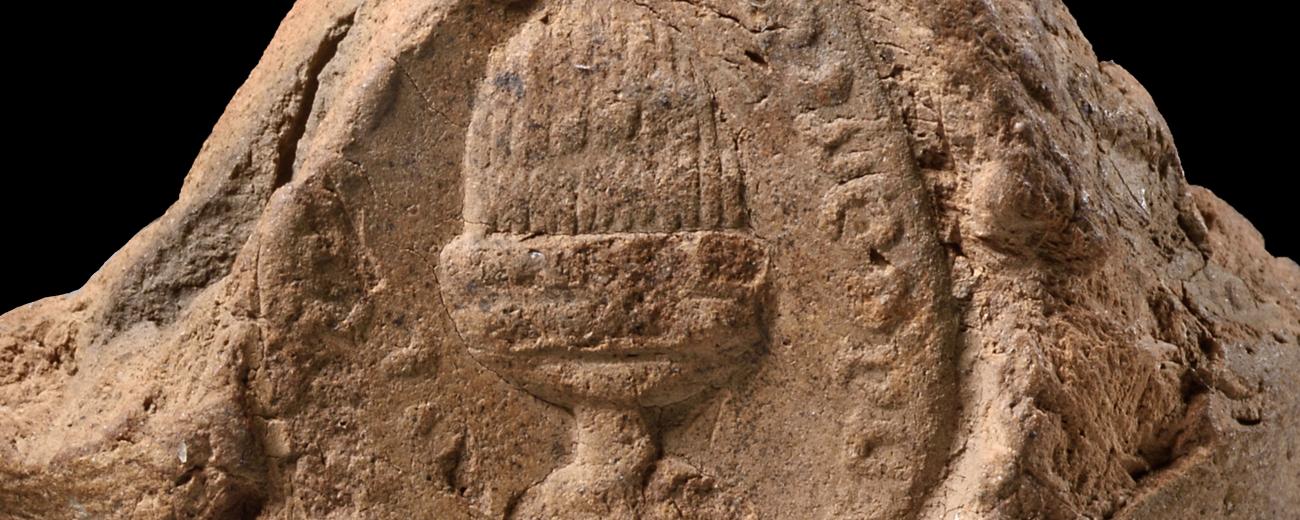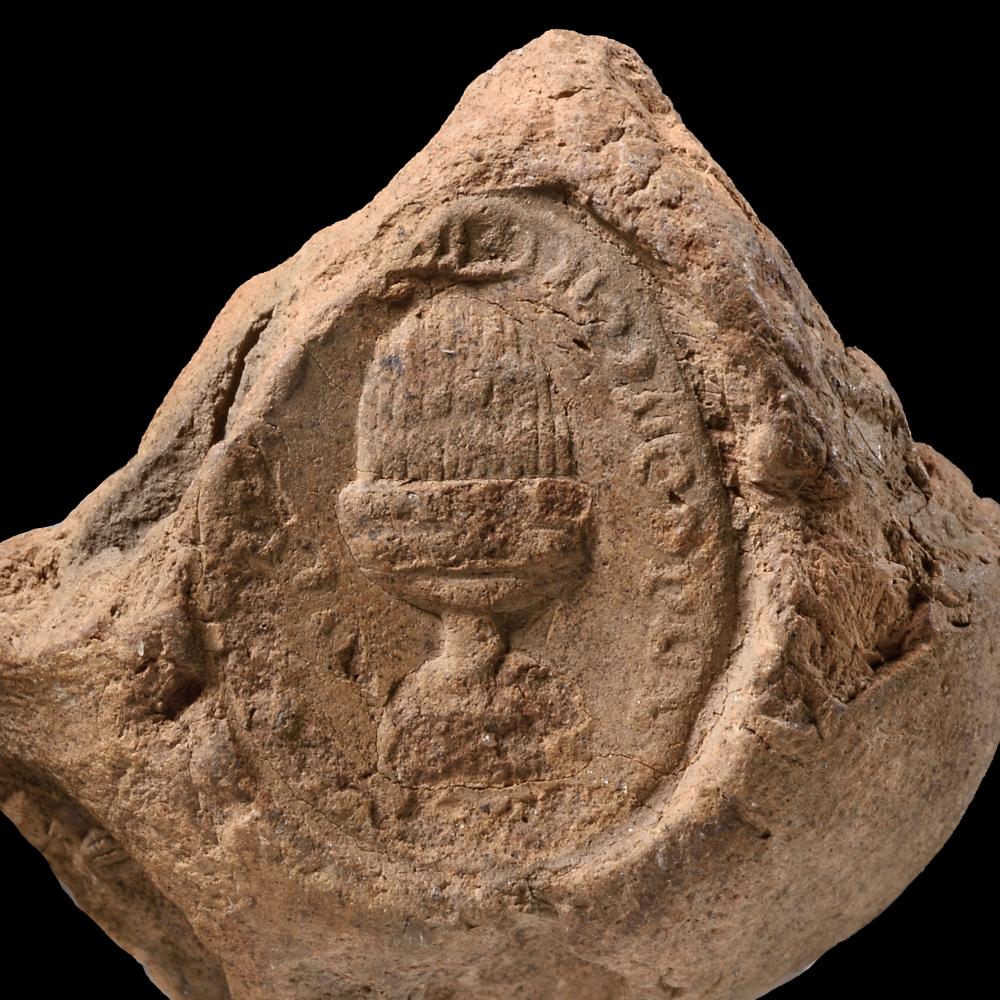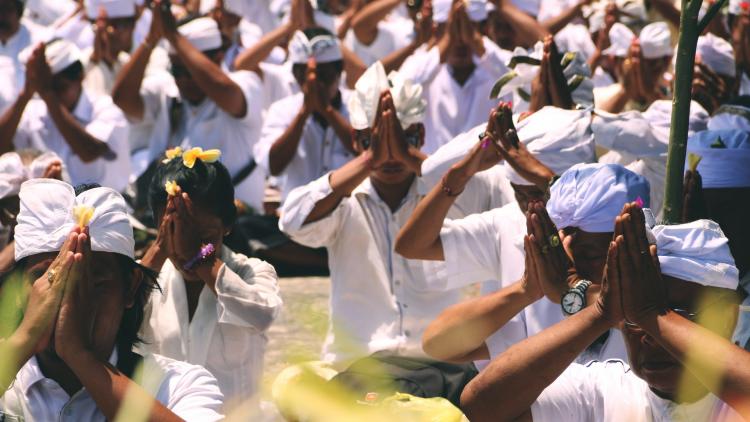Almut Hintze receives grant of nearly £1million for project to preserve and document bullae and sealings from the Sasanian Empire


Professor Almut Hintze, Zartoshty Brothers Professor of Zoroastrianism in the Department of Religions and Philosophies of the School of History, Religions and Philosophies, has received an AHRC grant of £999,998 to preserve and document a database of 824 Sasanian clay bullae, bearing almost 2,000 seal impressions.
Dr Yousef Moradi, researcher in the Department of Religions and Philosophies, will be the Co-investigator on the project titled, “Beyond Discovery: Religion, economics, and administration in Sasanian Iran through new clay bullae from Taxt-e Solayman,” following his excavation of these bullae in 2002–2008 at the World Heritage Site of Taxt-e Solayman, (Throne of Solomon), located in the province of Western Azerbaijan in Iran. Bullae are lumps of clay which were used for sealing documents and packages. Seals were pressed into the soft clay while it was still soft to prove the authenticity of the document or package. Widely used in Sasanian Iran (224–651 CE), the imagery and inscriptions of the seal impressions provide valuable insights into the economy and religion of the time.
In reaction to the funding, Professor Almut Hintze said:
“I am most grateful to the AHRC for awarding us this grant, and I am looking forward to working with Yousef Moradi on the publication of this amazing collection of seal impressions. This work would not be possible without the support of the AHRC, SOAS, and the Iranian Center for Archaeological Research (ICAR). We are most grateful to these institutions, and we will do our best to honour the trust they have put in us to present this collection of seal impressions to the public.”
Professor Hintze and Dr Moradi will categorise and interpret the sealings via technologies of 3D imaging, computer vision and artificial intelligence, to understand the origin, diffusion, and meaning of the imagery. Laboratory analysis of the bullae's chemical composition will examine if the clay of a bulla comes from a sole source or from various locations. They will also investigate and reconstruct the process which created bullae by transforming a lump of clay into a culturally meaningful and functional object bearing legal force.
The project will conclude with two exhibitions, one in the Museum of Urmia in Azerbaijan, where the bullae are kept, and one at the Brunei Gallery at SOAS in 2028. Results will be disseminated in print as articles and as a two-volume book to be published in the series Corpus Inscriptionum Iranicarum, covering sealing practices, inscriptions, iconography, and providing a full descriptive catalogue with plates. An electronic dataset, published online with metadata, will provide photographs and line drawings of all 824 bullae, and 3D models.


